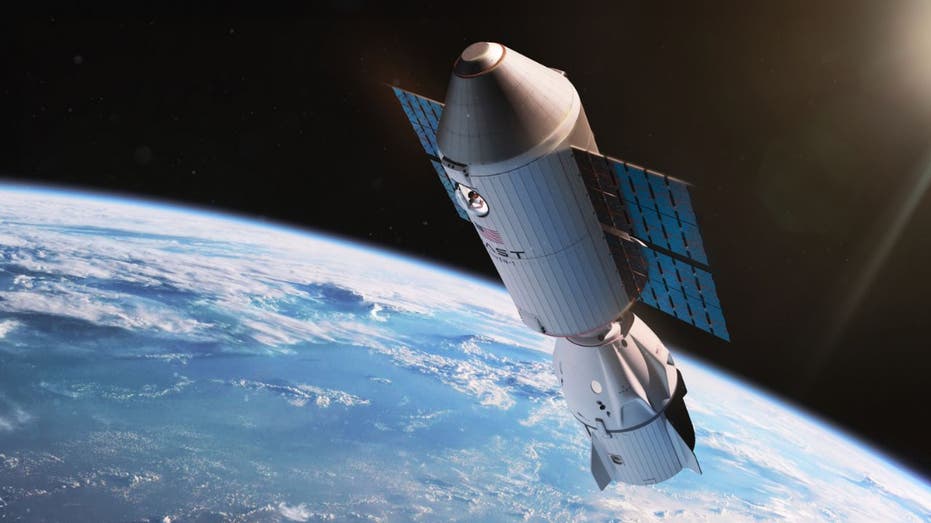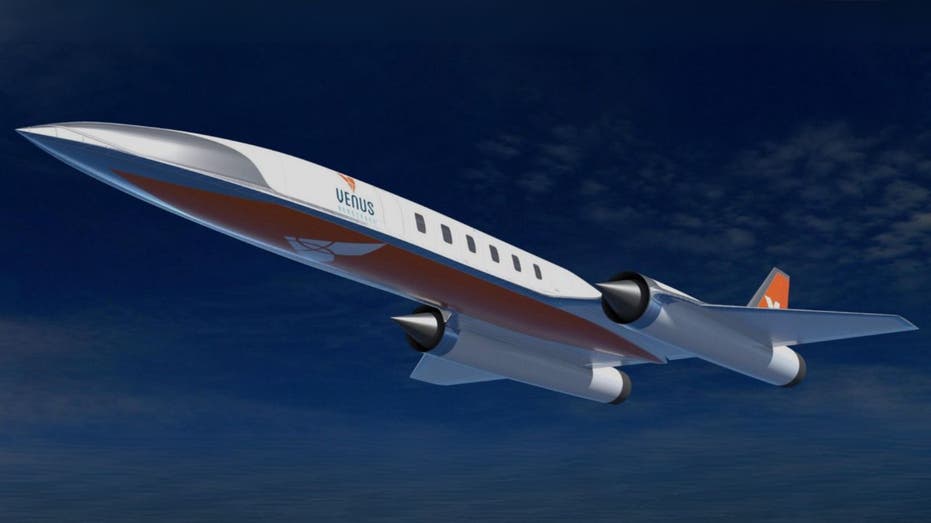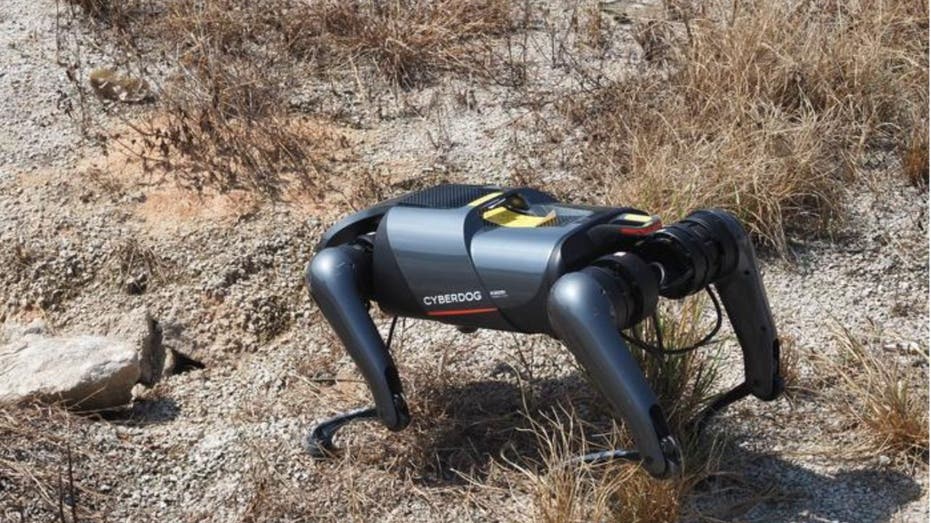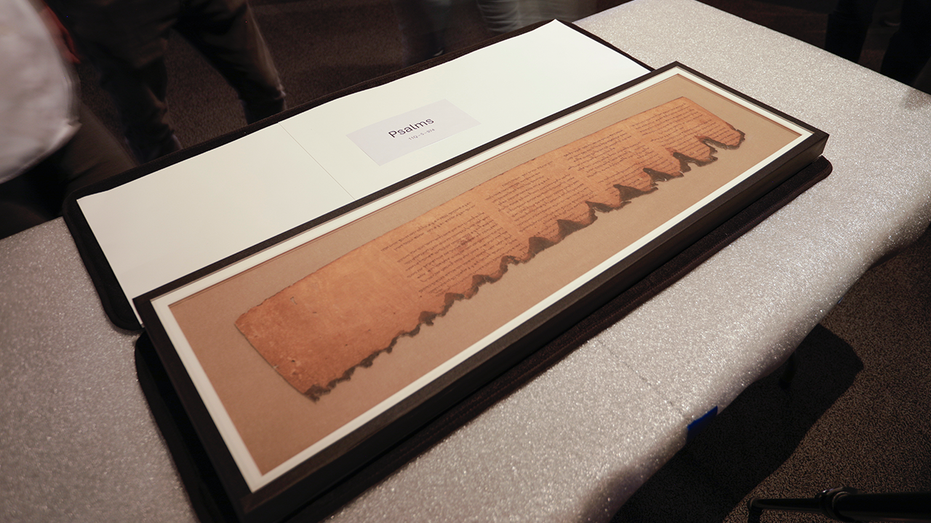- by foxnews
- 23 Nov 2024
Is this space capsule how we will live and work in orbit in the future?
Tech expert Kurt "CyberGuy" Knutsson discusses how Vast's Haven-1, launching in 2025, transforms space living with human-centric design.
- by foxnews
- 07 Nov 2024
- in technology

As we look toward the future of human life in space, one project stands out: Haven-1, a commercial space station designed by Vast, a pioneering aerospace company. With NASA planning to retire the International Space Station (ISS) by 2030, the spotlight is shifting to innovative companies like Vast that are poised to redefine how we live and work in orbit.
Haven-1 is giving us a glimpse of what space habitation could look like in the future. Unlike the cluttered and utilitarian design of NASA's ISS, Haven-1 features a sleek and minimalist aesthetic. The capsule's design focuses on human-centric features, making it not just functional but also comfortable for those onboard.
Haven-1's key features include an interior designed with warmth and comfort in mind, featuring fire-resistant maple wood veneer slats to create a more inviting atmosphere. Each crew member will have slightly larger private quarters than those on the ISS, designed for relaxation, entertainment and communication with loved ones back on Earth through SpaceX Starlink connectivity.
The Common Area is a multifunctional hub that encourages collaboration and relaxation, complete with a 1.1-meter domed observation window for breathtaking views of Earth. This area also includes a deployable communal table, integrated on-station fitness equipment and serves as a multi-use space.
Adjacent to the Common Area and at the heart of Haven-1 is its lab, the world's first commercial microgravity research, development and manufacturing platform. The lab features 10 middeck locker equivalent payload slots for innovations that benefit life on Earth and advance human spaceflight. A storage corridor connects various parts of the station, while the overall design supports microgravity research and exploration.
Vast is committed to ensuring that astronauts thrive in microgravity. The company has developed a patent-pending sleep system designed to provide equal pressure throughout the night, accommodating various sleeping positions, an essential feature given the challenges of sleeping in space.
Vast aims to launch Haven-1 as early as 2025 aboard a SpaceX Falcon 9 rocket. While this timeline is ambitious, the company has secured experienced personnel, including retired NASA astronaut Andrew J. Feustel, to guide its design and operational strategies.
If successful, Haven-1 could pave the way for larger modules and even "Artificial Gravity Stations" capable of housing eight-person crews by the 2030s. These plans call for securing financial commitments from potential customers, including government and commercial space agencies looking for research opportunities in low Earth orbit.
The development of Haven-1 signifies a pivotal moment in humanity's journey into space. By prioritizing comfort and functionality, Vast is setting a new standard for what commercial space stations can achieve. As we move closer to realizing long-term human habitation beyond Earth, projects like Haven-1 will play an essential role in shaping our future in the cosmos. With ambitious timelines and innovative designs, the next chapter of human exploration is just around the corner.
Follow Kurt on his social channels:
Answers to the most asked CyberGuy questions:
New from Kurt:
Copyright 2024 CyberGuy.com. All rights reserved.
- by foxnews
- descember 09, 2016
Ancient Jewish manuscripts dating back 2,000 years on display at Reagan Library
The Ronald Reagan Presidential Library in Simi Valley, California, has opened an exhibit featuring a collection of ancient Jewish manuscripts along with 200 other artifacts.
read more





